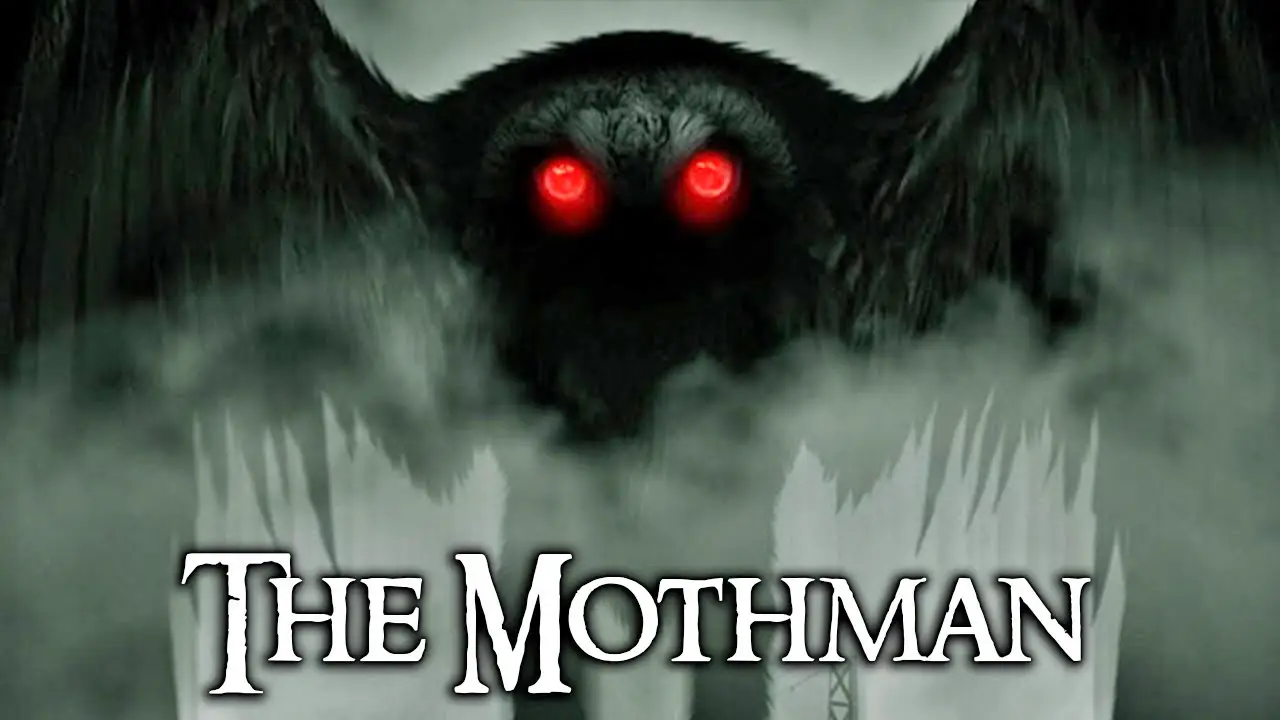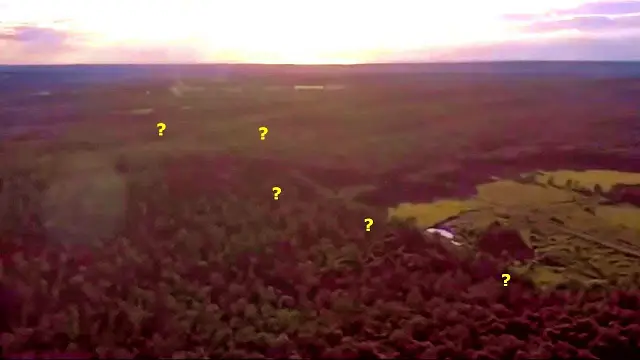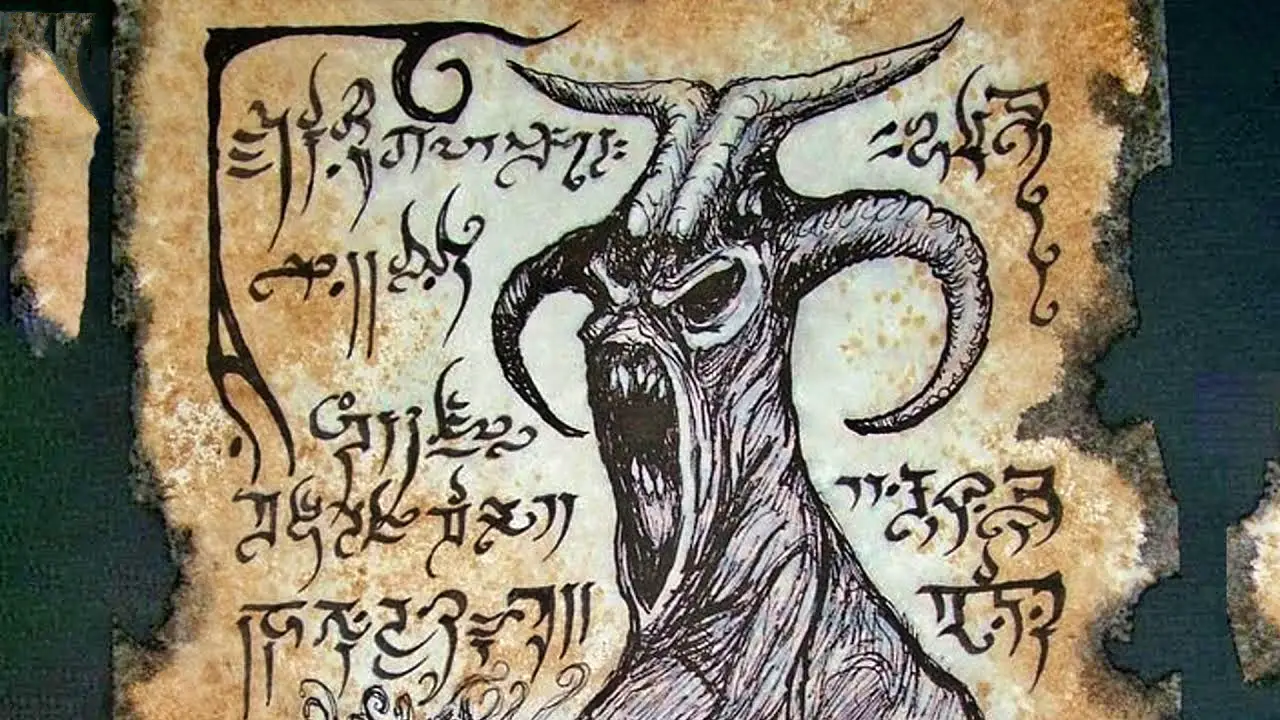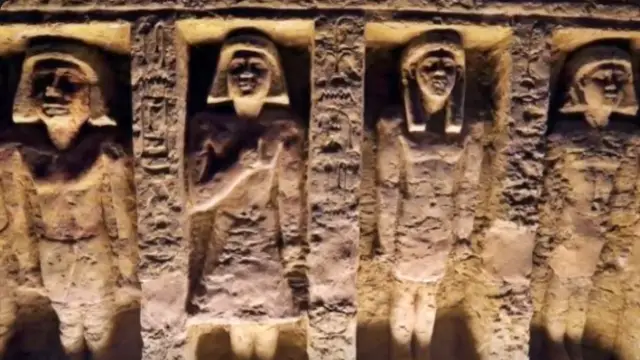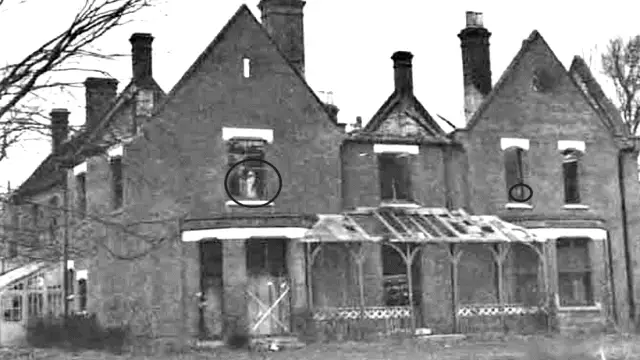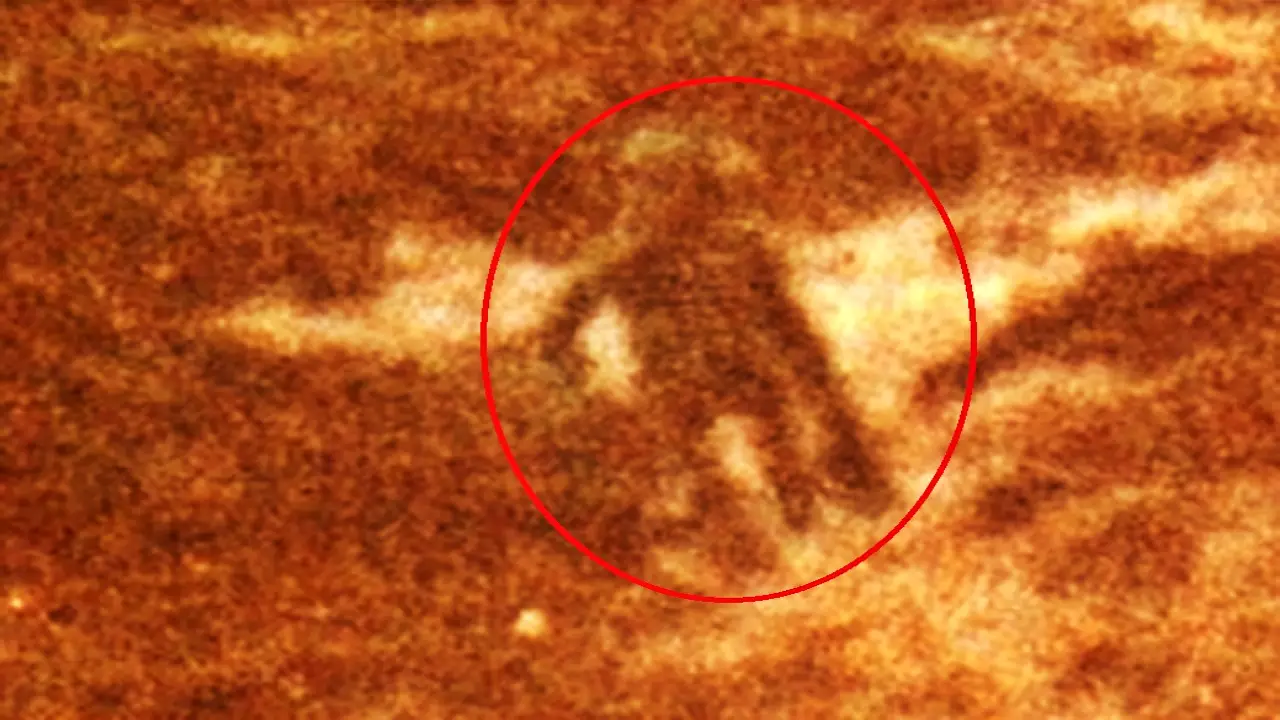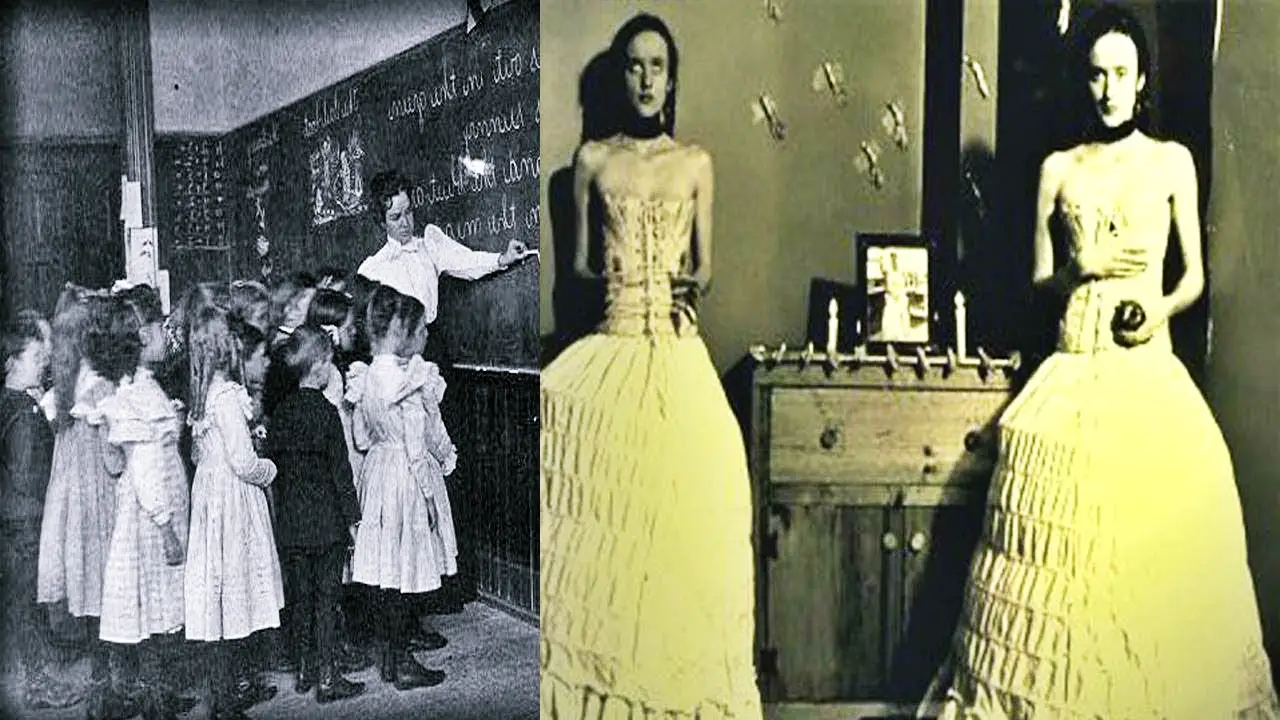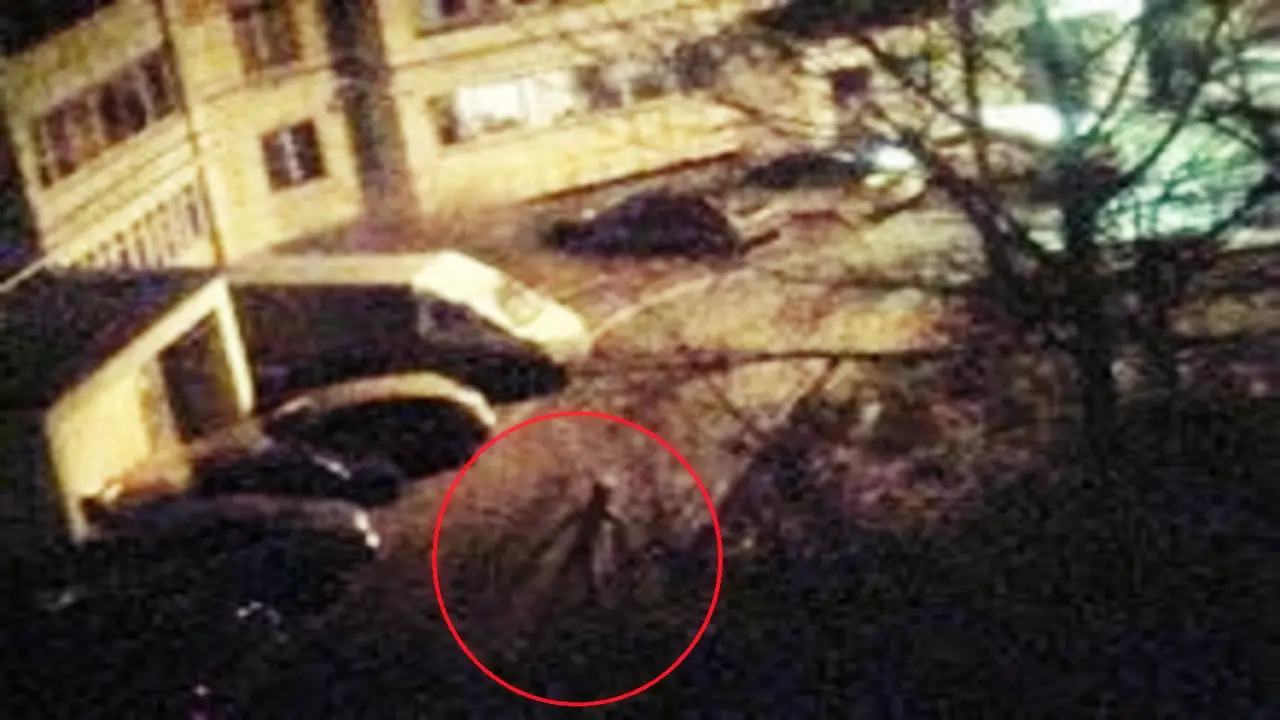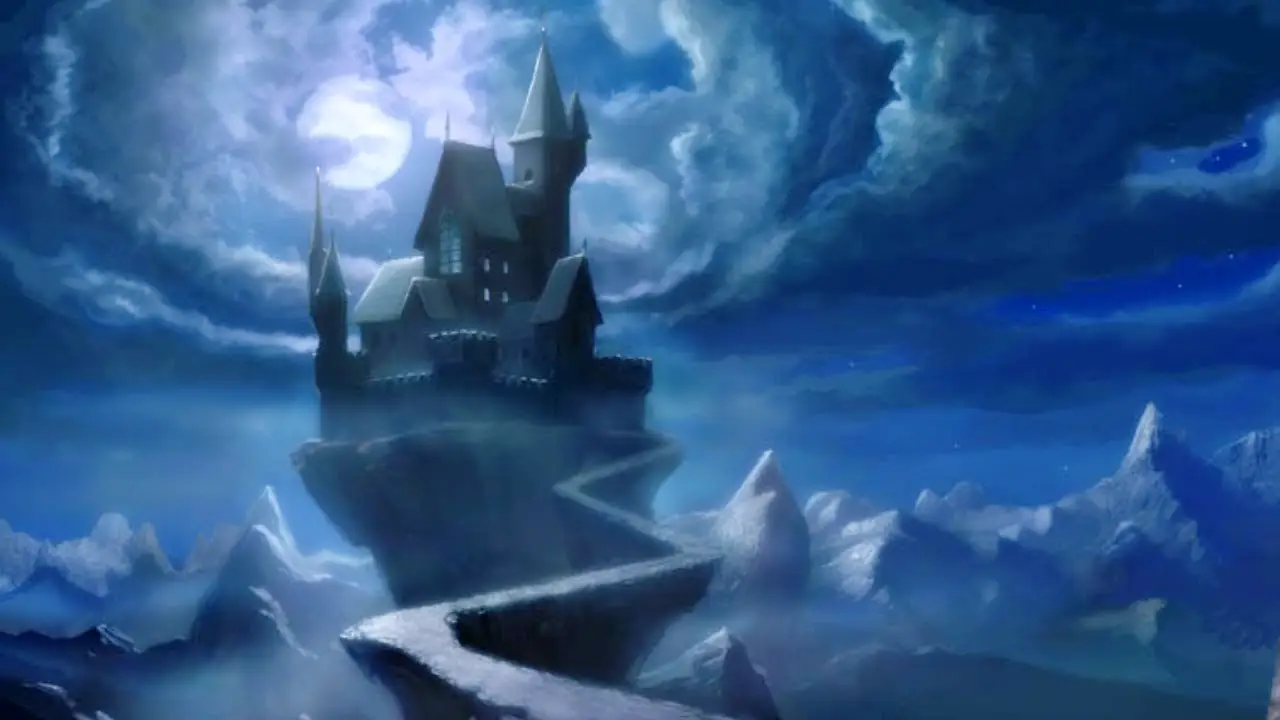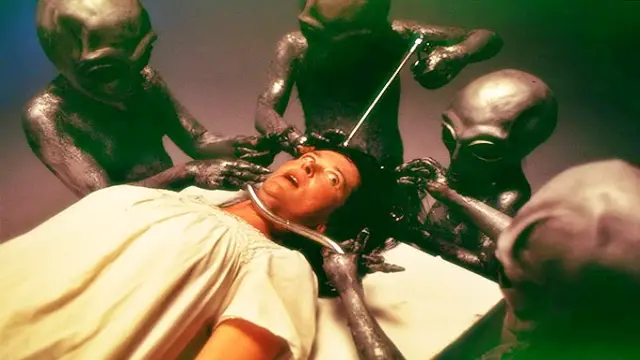n
n
n Wendon’t know if LeonardonPisano Bigollon(commonly called Fibonacci) was born on July 15, or even on Julynanything!nHenprobably wasn’t. He might very well have been born on my birthdayn(October 11) or on yours (whatever it may be).
Wendon’t know if LeonardonPisano Bigollon(commonly called Fibonacci) was born on July 15, or even on Julynanything!nHenprobably wasn’t. He might very well have been born on my birthdayn(October 11) or on yours (whatever it may be).
 Wendon’t know if LeonardonPisano Bigollon(commonly called Fibonacci) was born on July 15, or even on Julynanything!nHenprobably wasn’t. He might very well have been born on my birthdayn(October 11) or on yours (whatever it may be).
Wendon’t know if LeonardonPisano Bigollon(commonly called Fibonacci) was born on July 15, or even on Julynanything!nHenprobably wasn’t. He might very well have been born on my birthdayn(October 11) or on yours (whatever it may be).n
n
n
n
n
nWenare not even sure what year he was born! We do know he lived fromnaround 1170 (or so) to 1250 (or so).
n
n
n
n
n
nWhichnis a loooooooonnnnnnng time ago. n
n
n
n
n
n
nSonwhy celebrate his birthday, when we don’t know when it was? Well, tonbe perfectly honest, I just wanted to talk about Fibonacci numbers…
n
n
n
n
n
nLeonardonof Pisa, aka Fibonacci, was arguably the most talented westernnmathematician of the middle ages. He lived in Italy, but he travelednwith his merchant father to what is now Algeria, in Africa, andnlearned there about the Hindu-Arabi numeral system (which we usentoday). He traveled all around the Mediterranean Sea to learn fromnleading Arab mathematicians and then returned to Italy to write downnall that he had learned, producing a book called LibernAbaci.nFibonacci is credited with popularizing Arabic numerals in Europe; henpointed out that it is much easier to do arithmetic with thesennumerals than it is with Roman numerals.
n
n
n
n
n
nButnthese familiar numerals are not what I mean when I say “Fibonaccinnumbers.” This phrase means a number sequence that starts with 0nand 1 and then proceeds with the sum of the previous two numbers. n
n
n
n
n
n
n0n+ 1 = 1, so the third Fibonacci number is ALSO 1
n
n1n+ 1 = 2, so the fourth Fibonacci number is 2
n
n1n+ 2 = 3, so the fifth Fibonacci number is 3
n
n2n+ 3 = 5
n
n3n+ 5 = 8
n
n5n+ 8 = 13
n
n
n
n
n
nDonyou see that the Fibonacci numbers are starting to get bigger verynquickly? They started out so slow:
n
n
n
n
n
n0,n1, 1, 2, 3, 5, 8, 13, 21, 34, 55…
n
n
n
n
n
nCannyou figure out the next several Fibonacci numbers?
n
n
n
n
n
nAndnwhy do we care?
n
n
n
n
n
n Fibonaccinnumbers can be seen in nature, from the spiral shells of the Nautilusnto branching in trees, from the fruit spouts of a pineapple to thenarrangement of a pine cone. Apparently, birds will sometimes even sitnaccording to the sequence!
Fibonaccinnumbers can be seen in nature, from the spiral shells of the Nautilusnto branching in trees, from the fruit spouts of a pineapple to thenarrangement of a pine cone. Apparently, birds will sometimes even sitnaccording to the sequence!
 Fibonaccinnumbers can be seen in nature, from the spiral shells of the Nautilusnto branching in trees, from the fruit spouts of a pineapple to thenarrangement of a pine cone. Apparently, birds will sometimes even sitnaccording to the sequence!
Fibonaccinnumbers can be seen in nature, from the spiral shells of the Nautilusnto branching in trees, from the fruit spouts of a pineapple to thenarrangement of a pine cone. Apparently, birds will sometimes even sitnaccording to the sequence!n
n
n
n
n
n
n
n
n
nAlso,ncomputer science uses Fibonacci numbers in search techniques and datanstructures and so forth.
n
n
n
n
n
nWow,nthat Fibonacci guy was smart, huh?
n
n
n
n
n
nWell,nFibonacci wasn’t the first person to “discover” this sequence.nBefore Fibonacci’s LibernAbaci,nthis number sequence had already been described by Indiannmathematicians. Still, Fibonacci did bring the number sequence to thenattention of many, which is why it is named for him.
n
n
n
n
n
n
n
n
n
nAlsonon this date:
n
n
n
n
n
n
nPhysicist Jocelyn Bell Burnell’s birthday
n
n
n
n
n
n
nPainter Rembrandt van Rijn’s birthday
n
n





